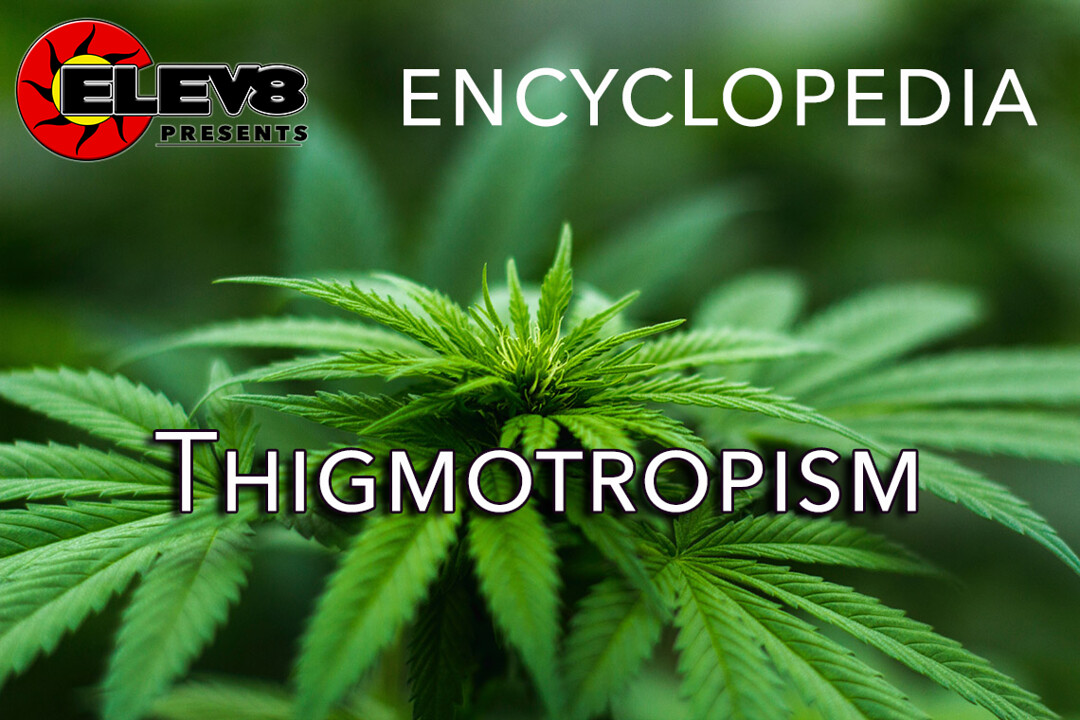What does Thigmotropism mean?
In plant biology, any type of ‘tropism’ is a plant’s physical response to some sort of external stimuli, such as water, lighting, chemicals, etc. The response is typically movement of some sort.
Thigmotropism specifically refers to a plant’s natural response to physical contact. According to botanists, both abiotic and biotic requirements are needed to trigger a thigmotropic response in plants. Thigmotropism is a phenomenon is also displayed by climbing tendrils, as is often the case in sweet peas.
More Info On Thigmotropism
In some plants, the tendrils start to curve within seconds of being exposed to touch stimulus. In some cases, such as with Morning Glory, for example, the plant will automatically coil and curve around posts after force contact. When it comes to thigmotropism, the plant’s sensory response is regulated by cell membranes known as blebs.
Most plants have about six main types of responses to external stimulus. According to botanists, plants also move in the following ways:
- Chemotropism (movement in response to a chemical in the environment)
- Hydrotropism (growth or developmental response to water)
- Thermotropism (response dependent upon temperature)
- Phototropism (movement toward light)
- Gravitropism and geotropism (movement relative to a gravitational field, or toward the center of the Earth)







